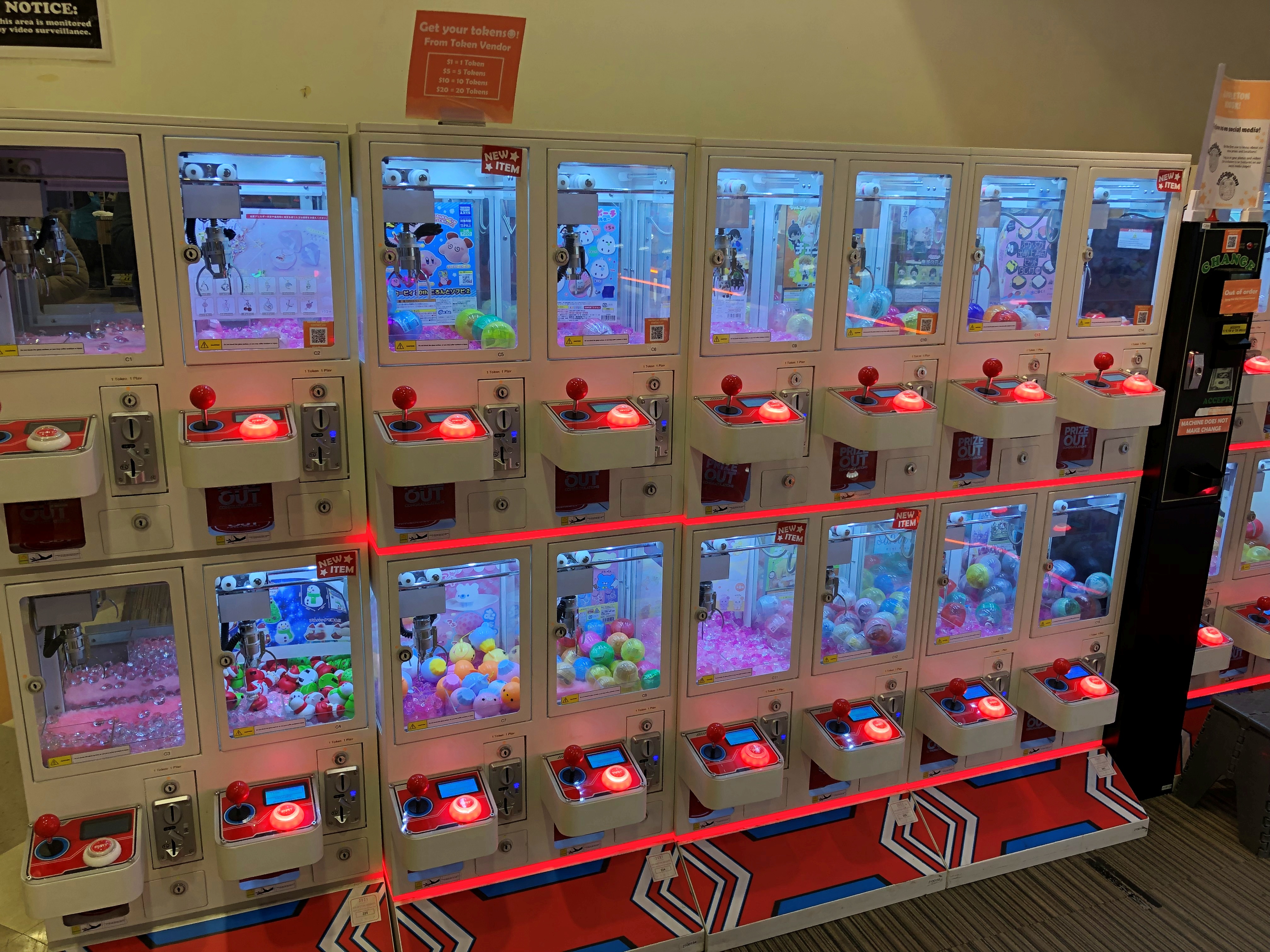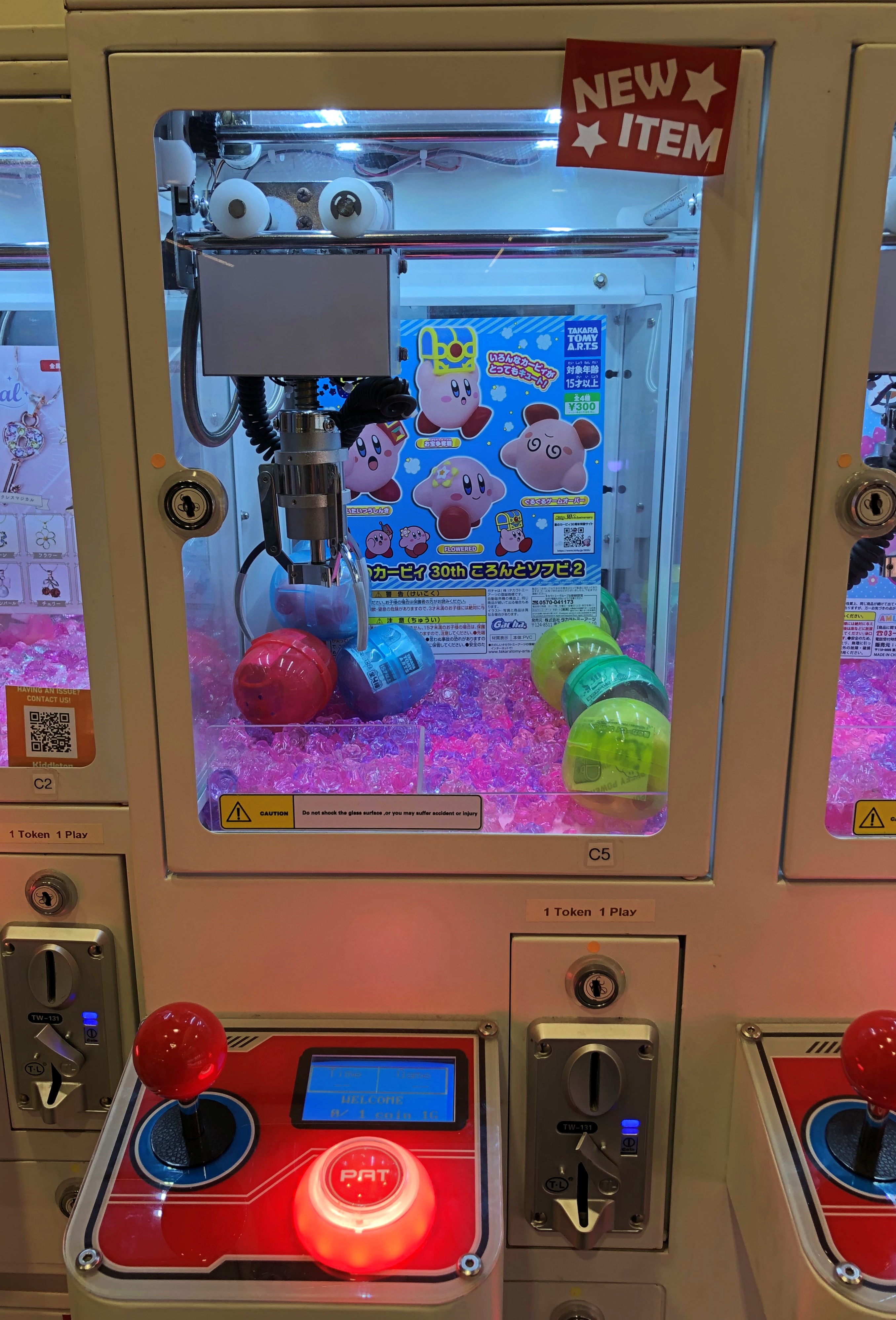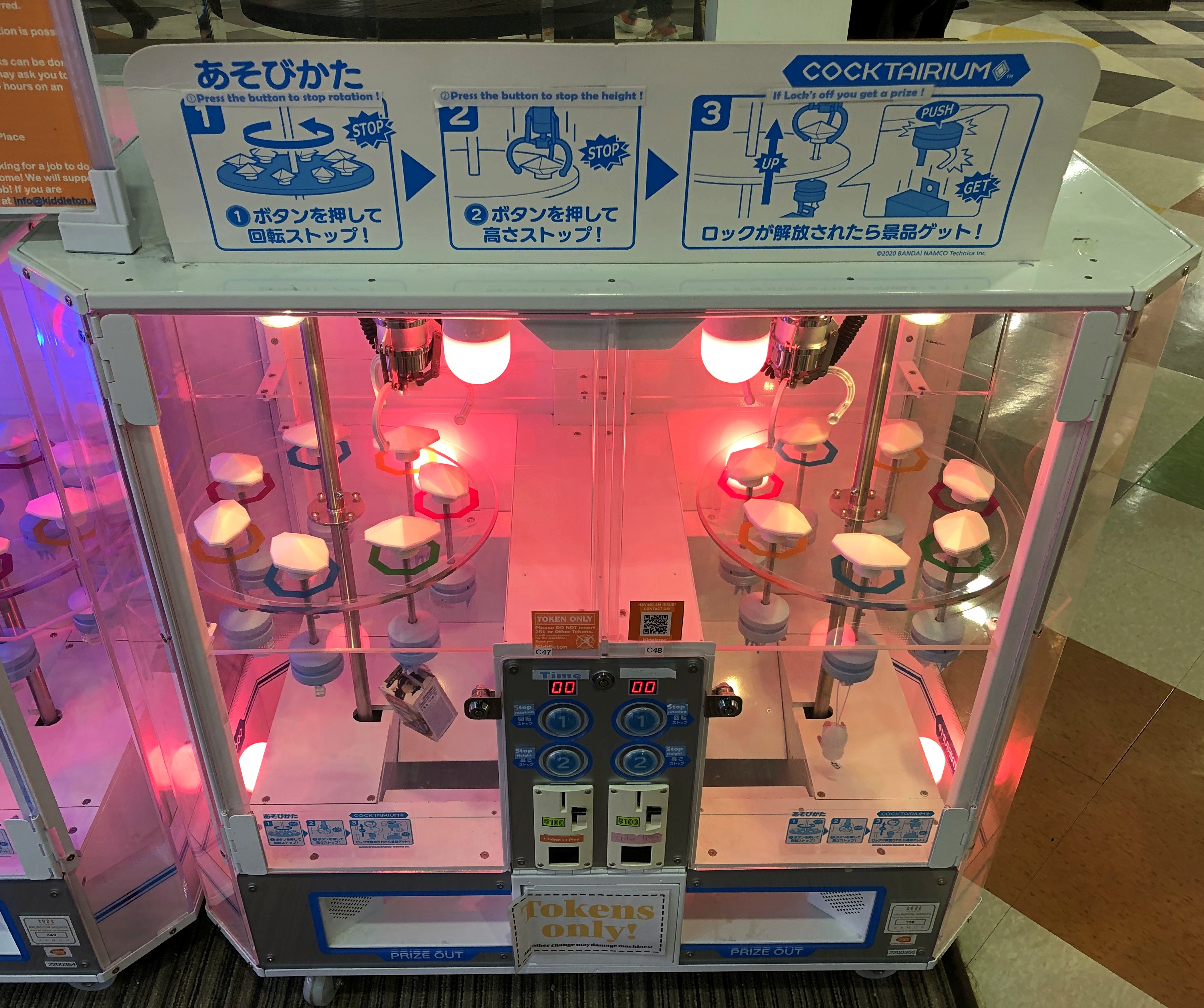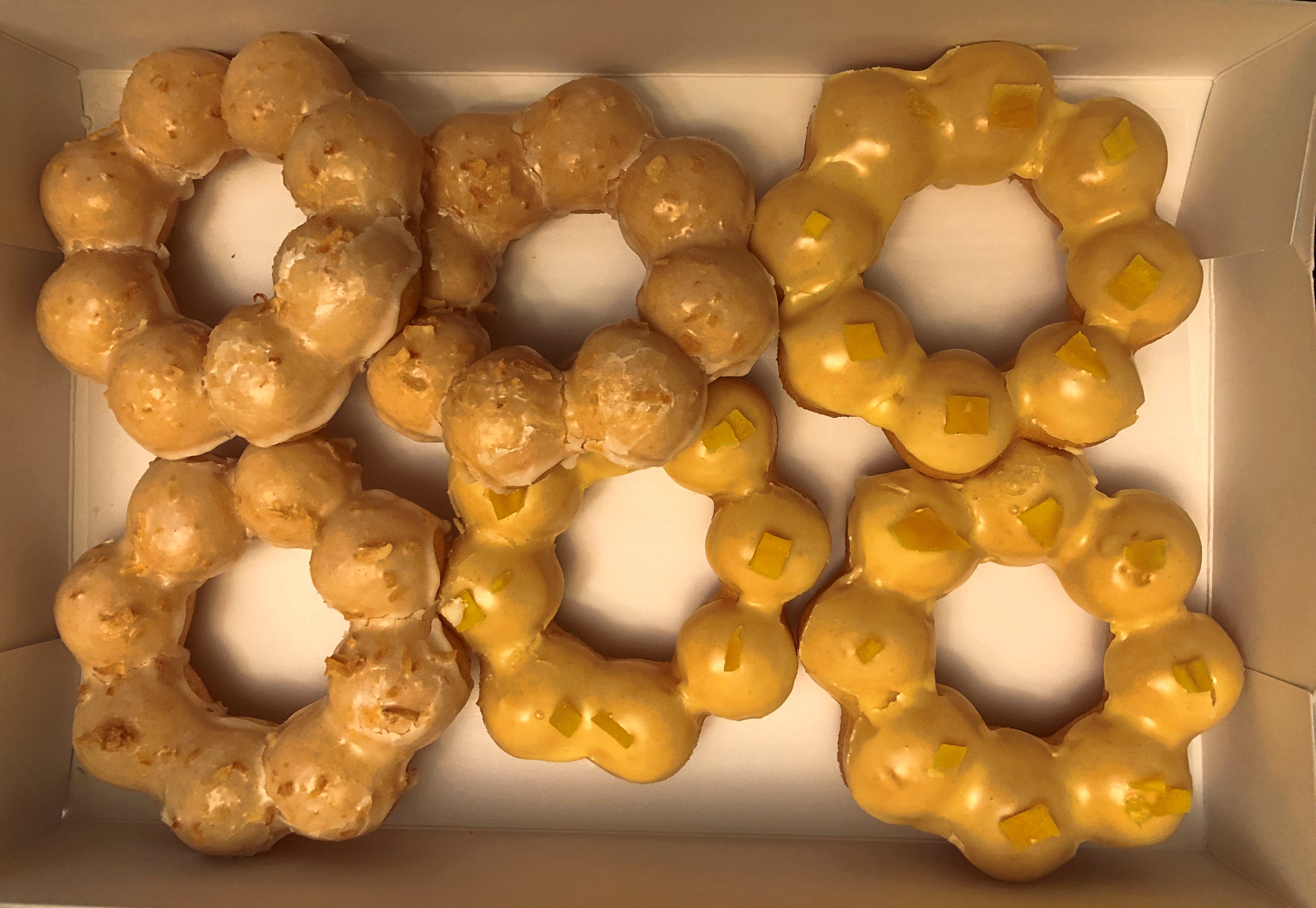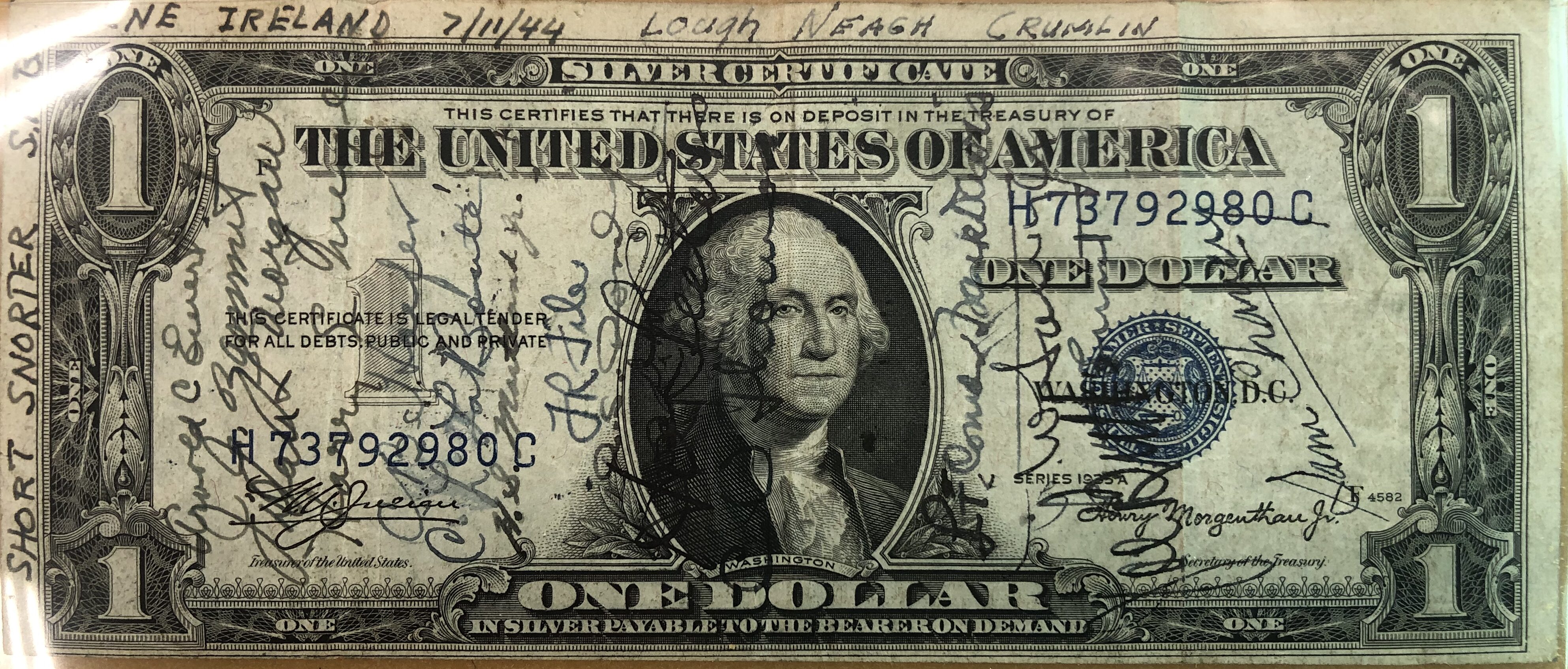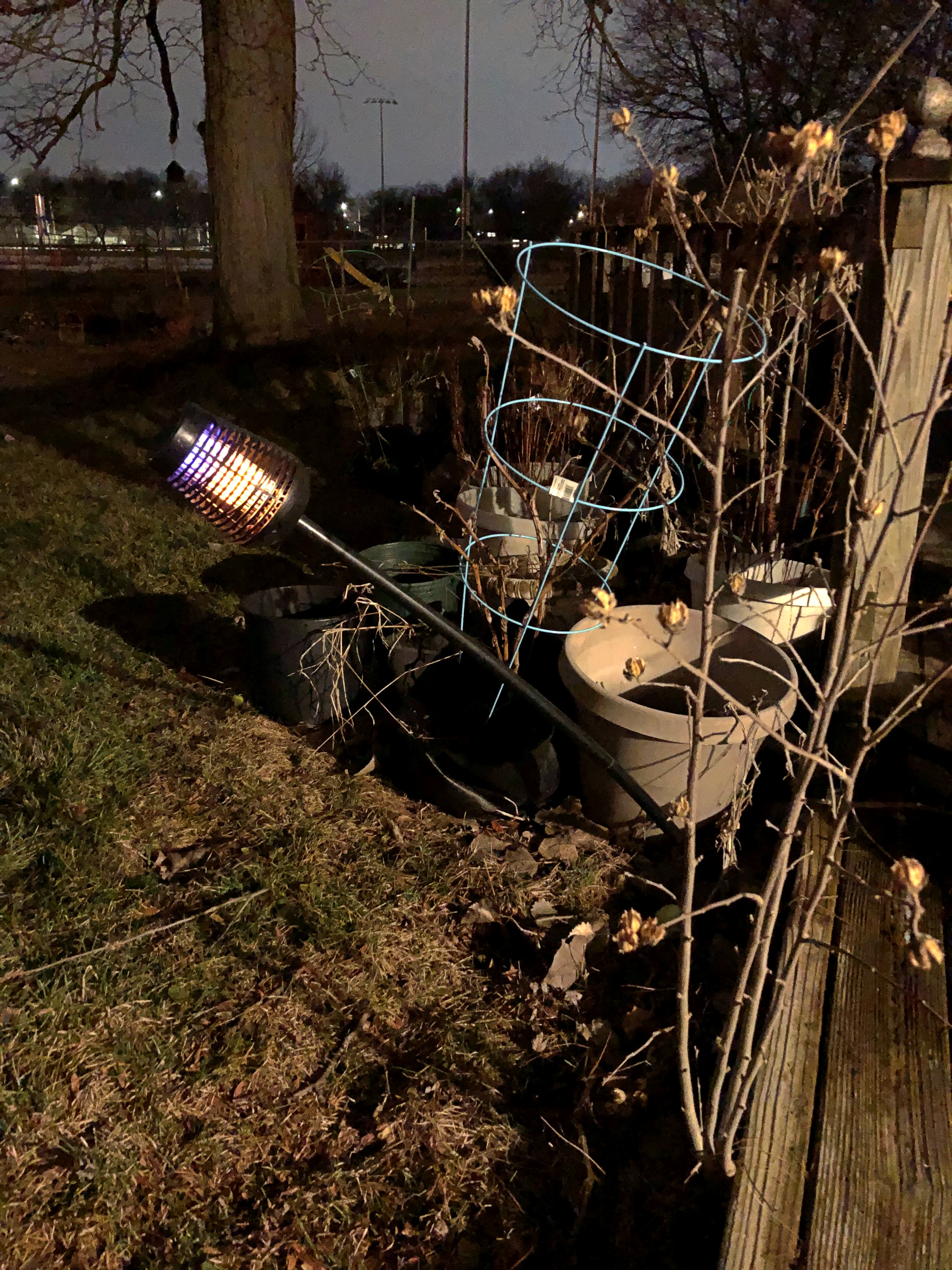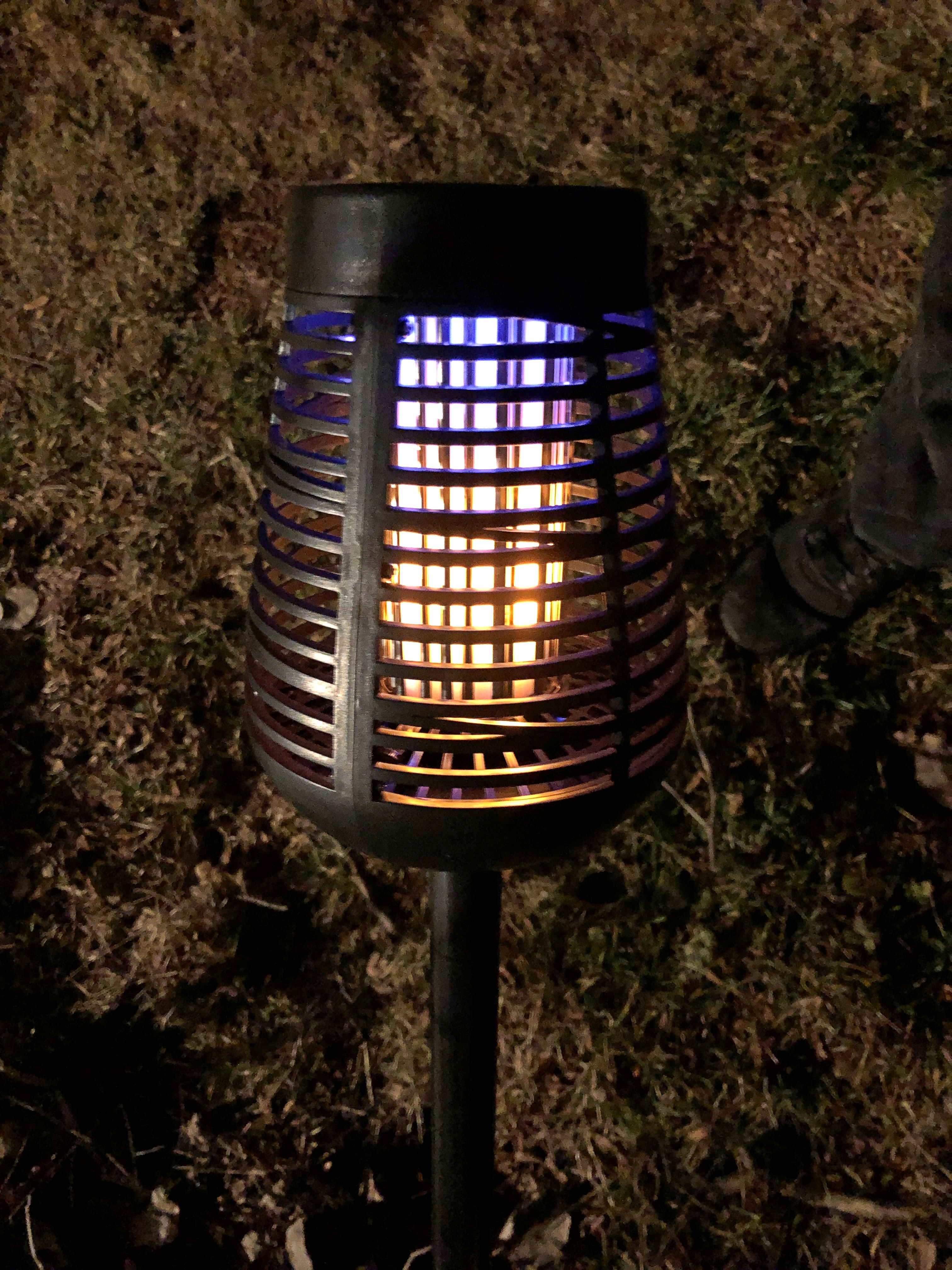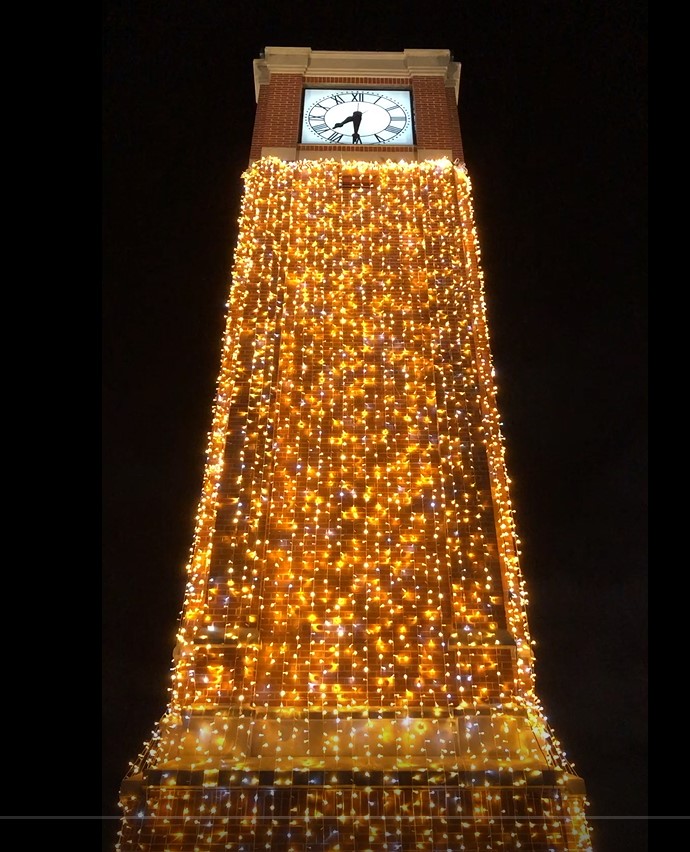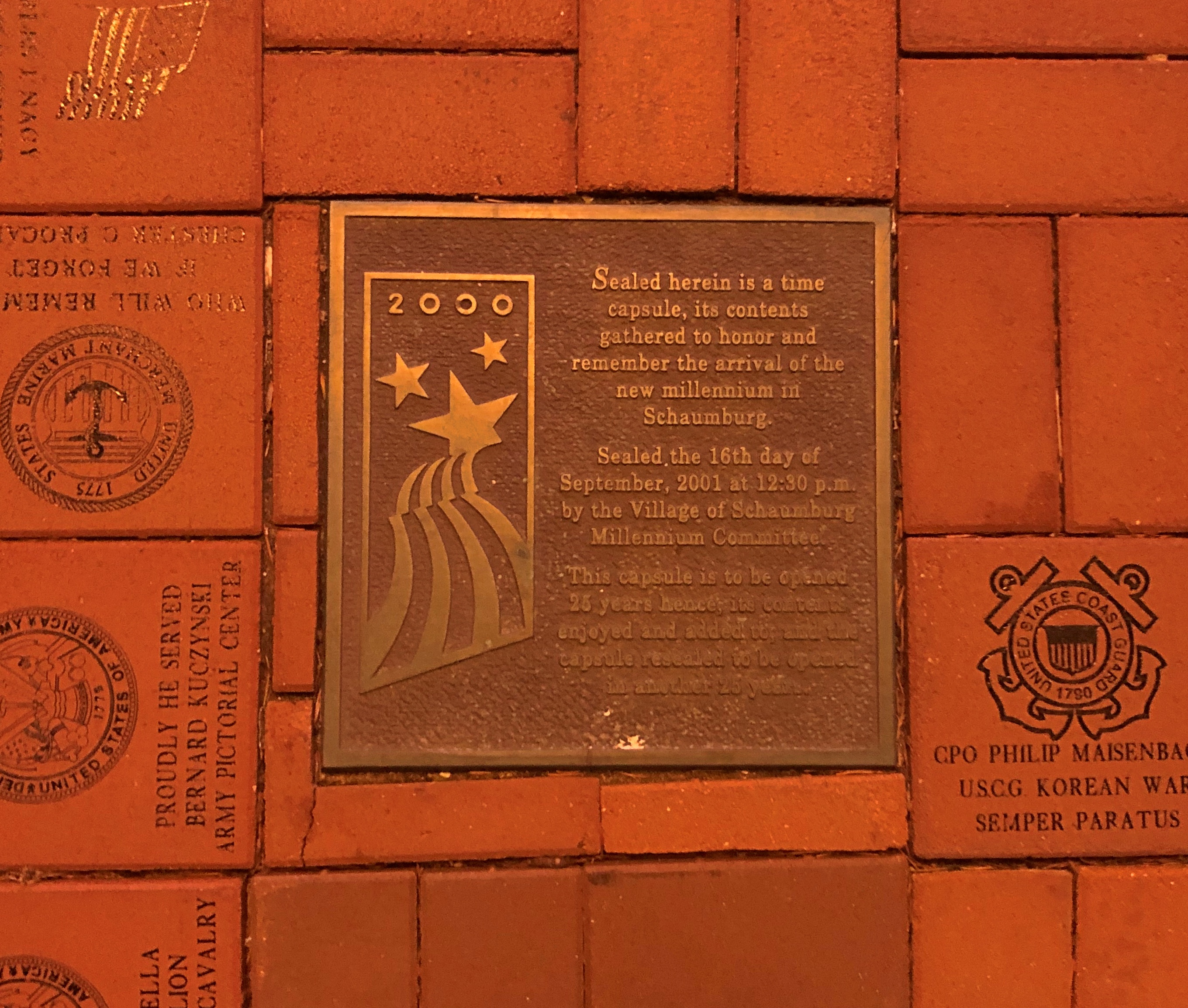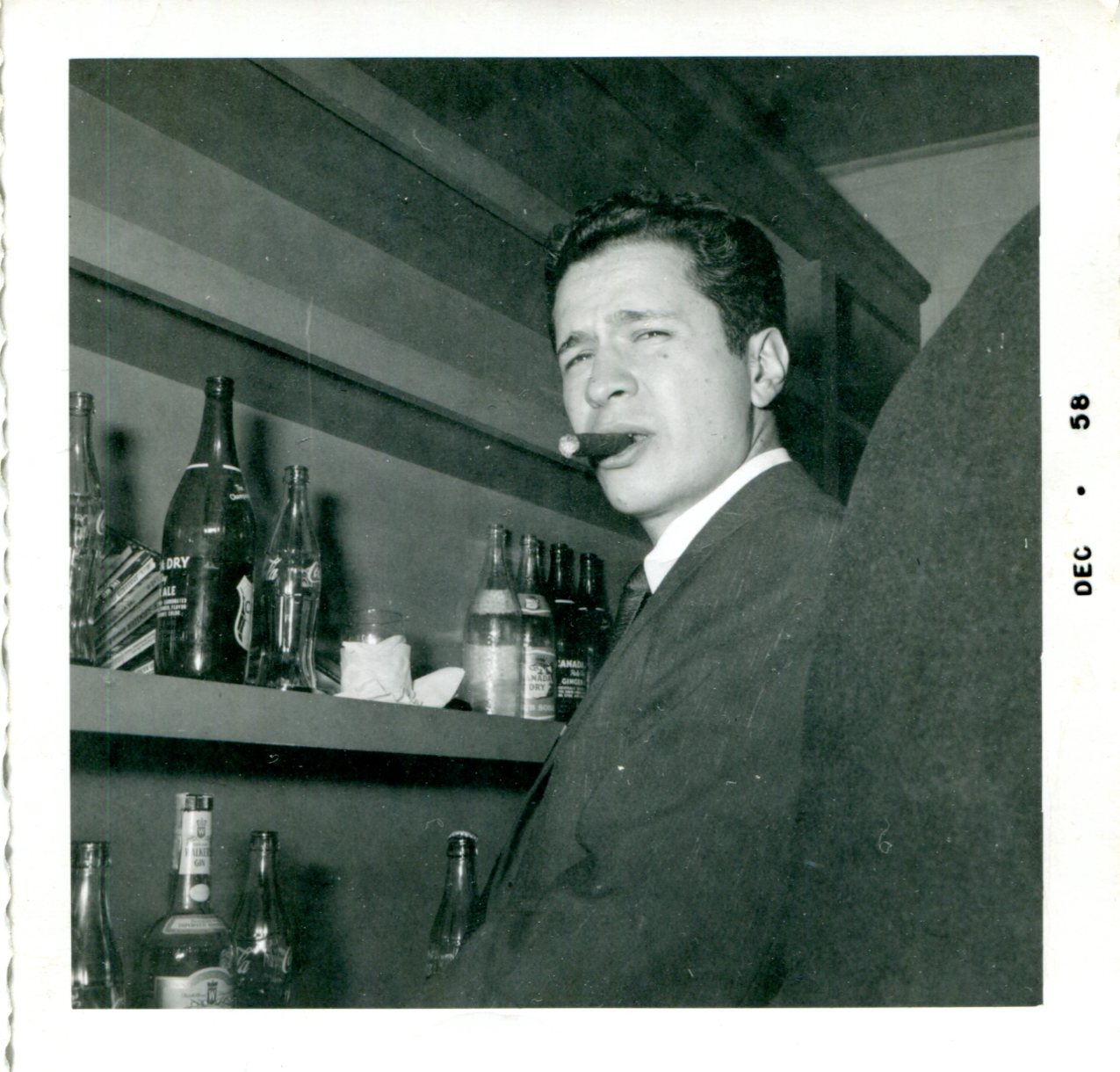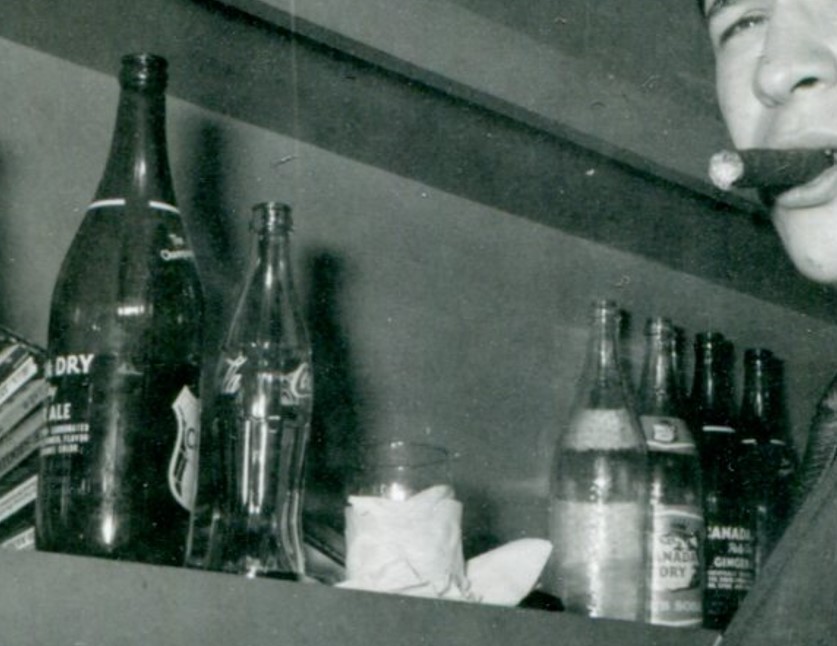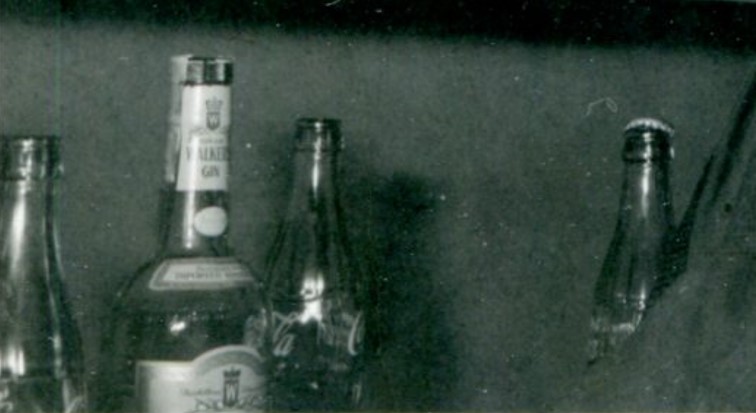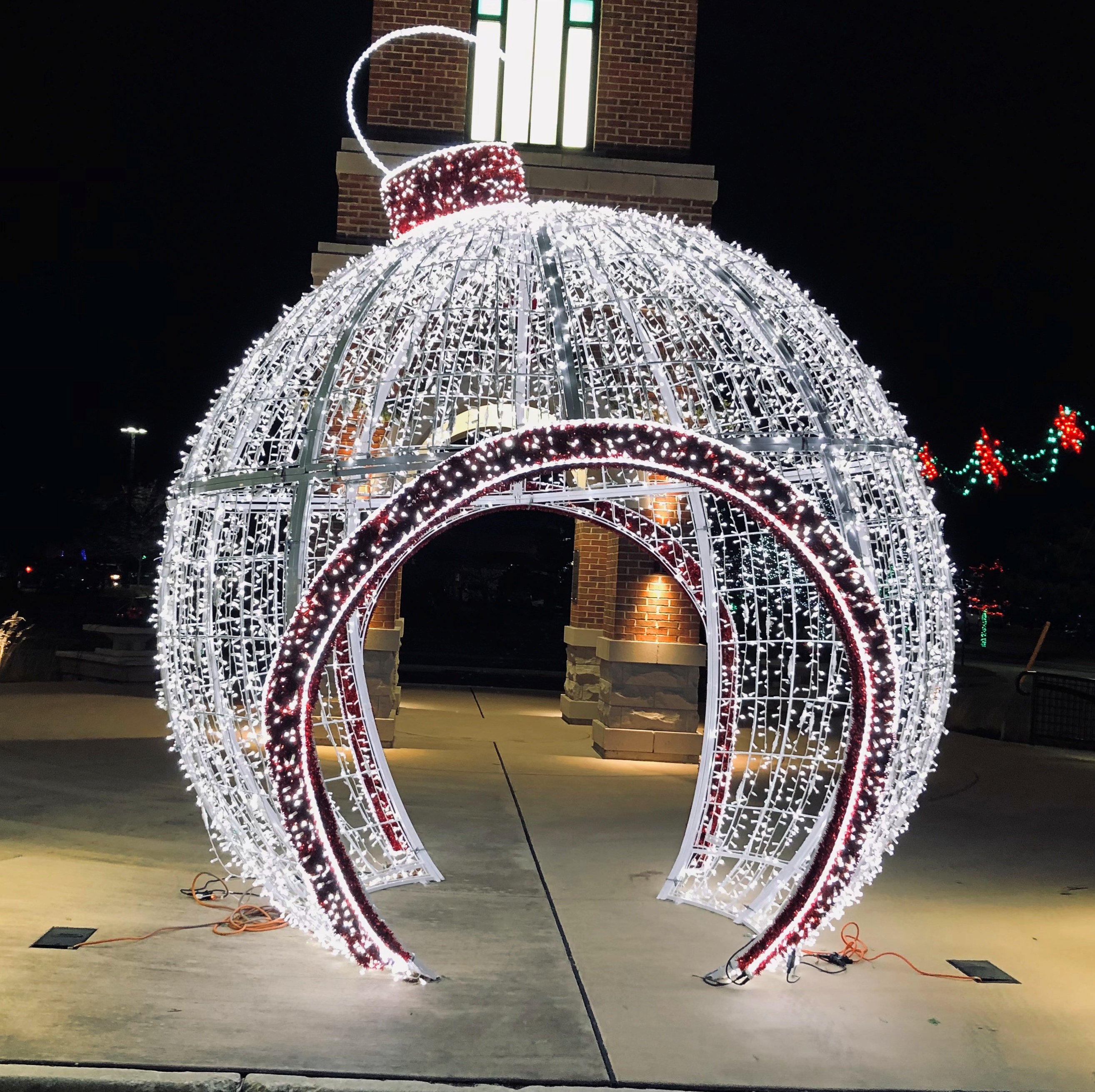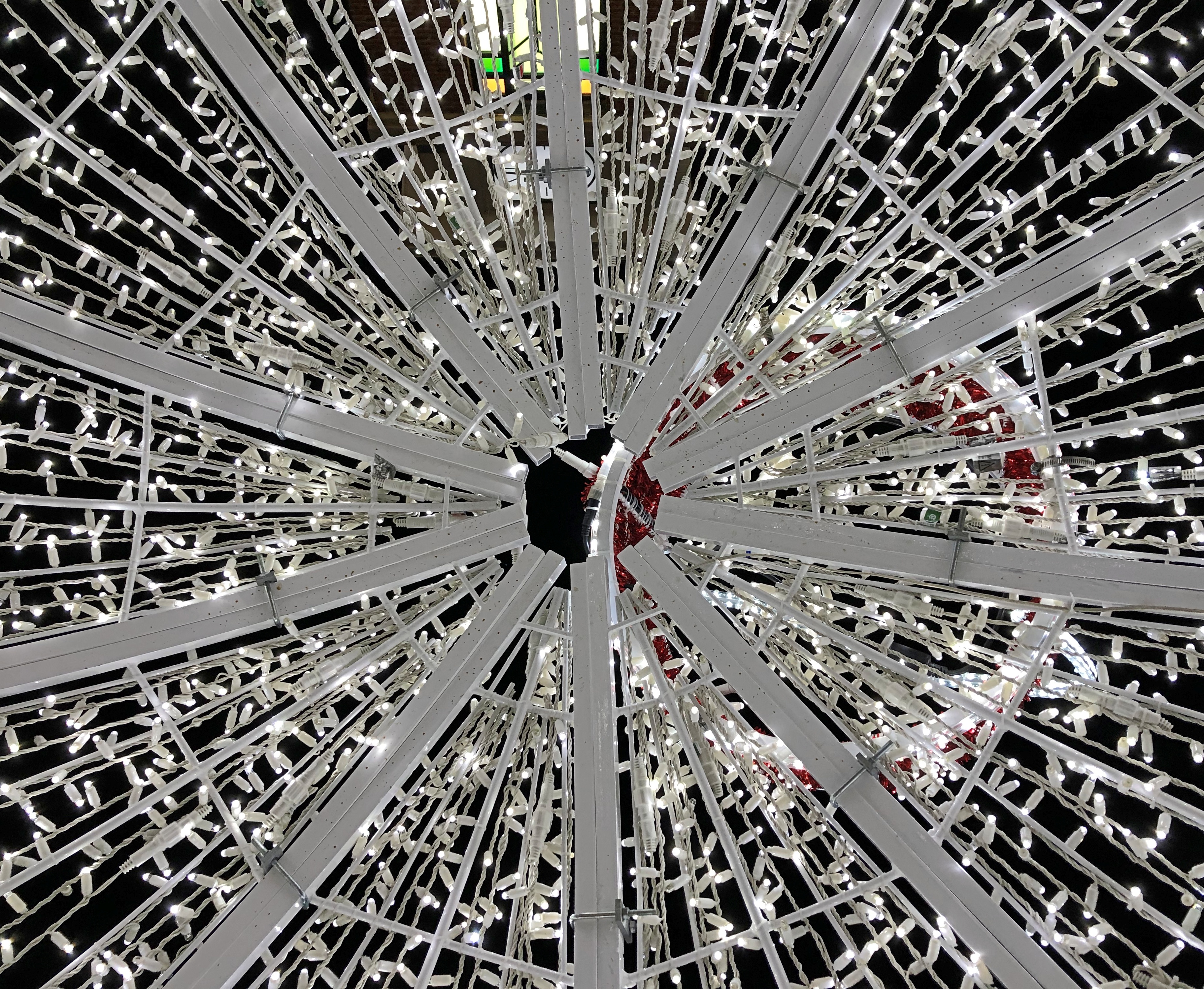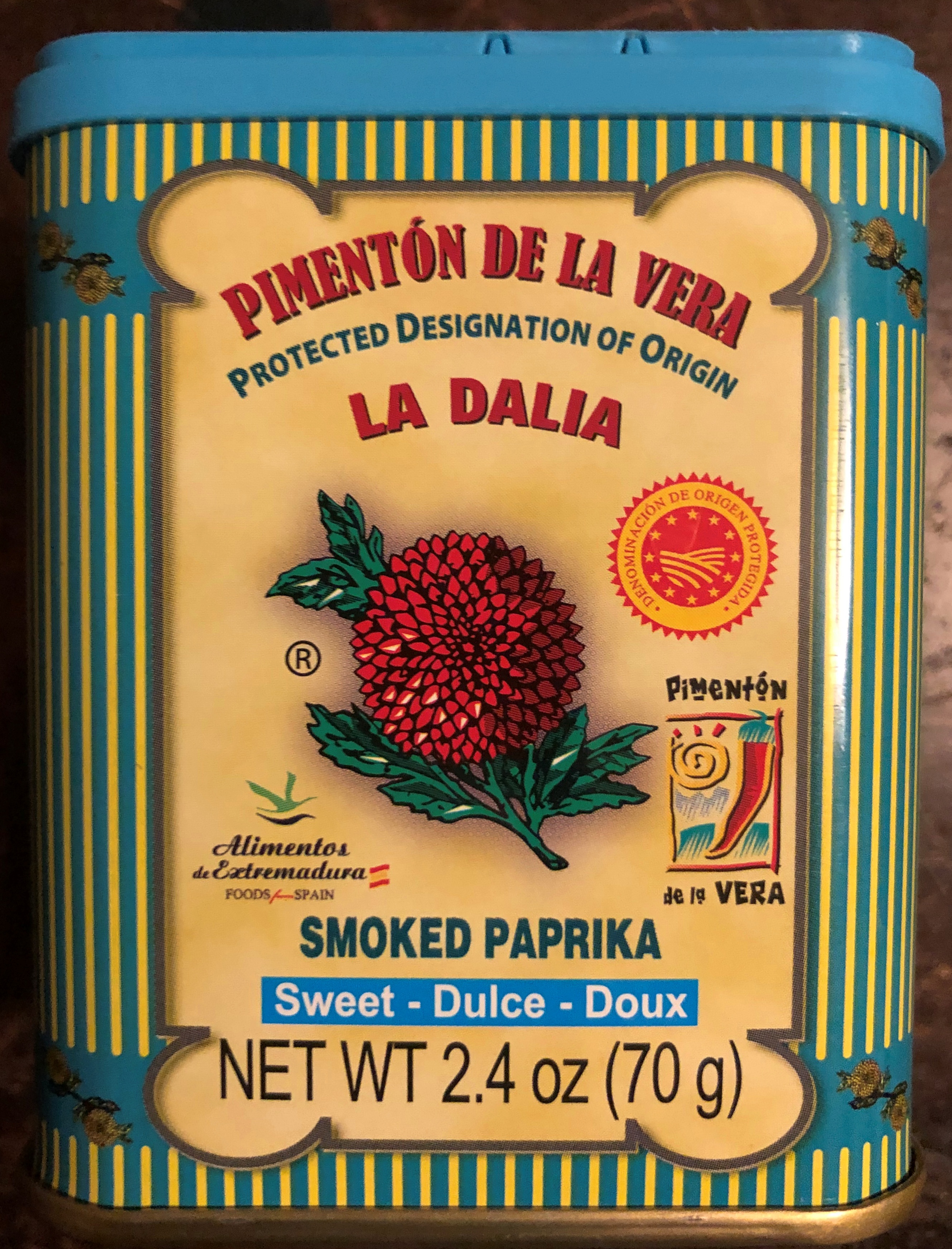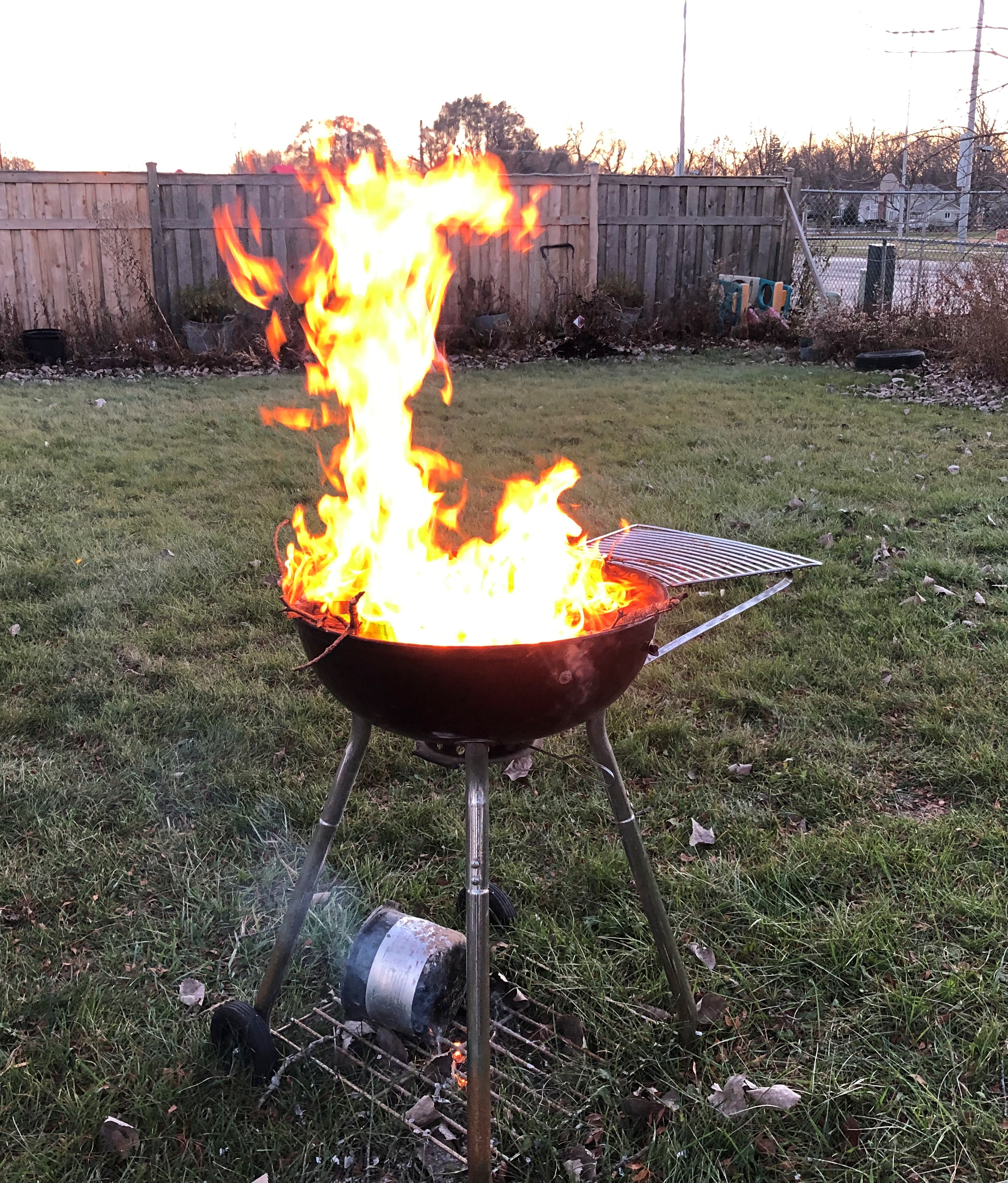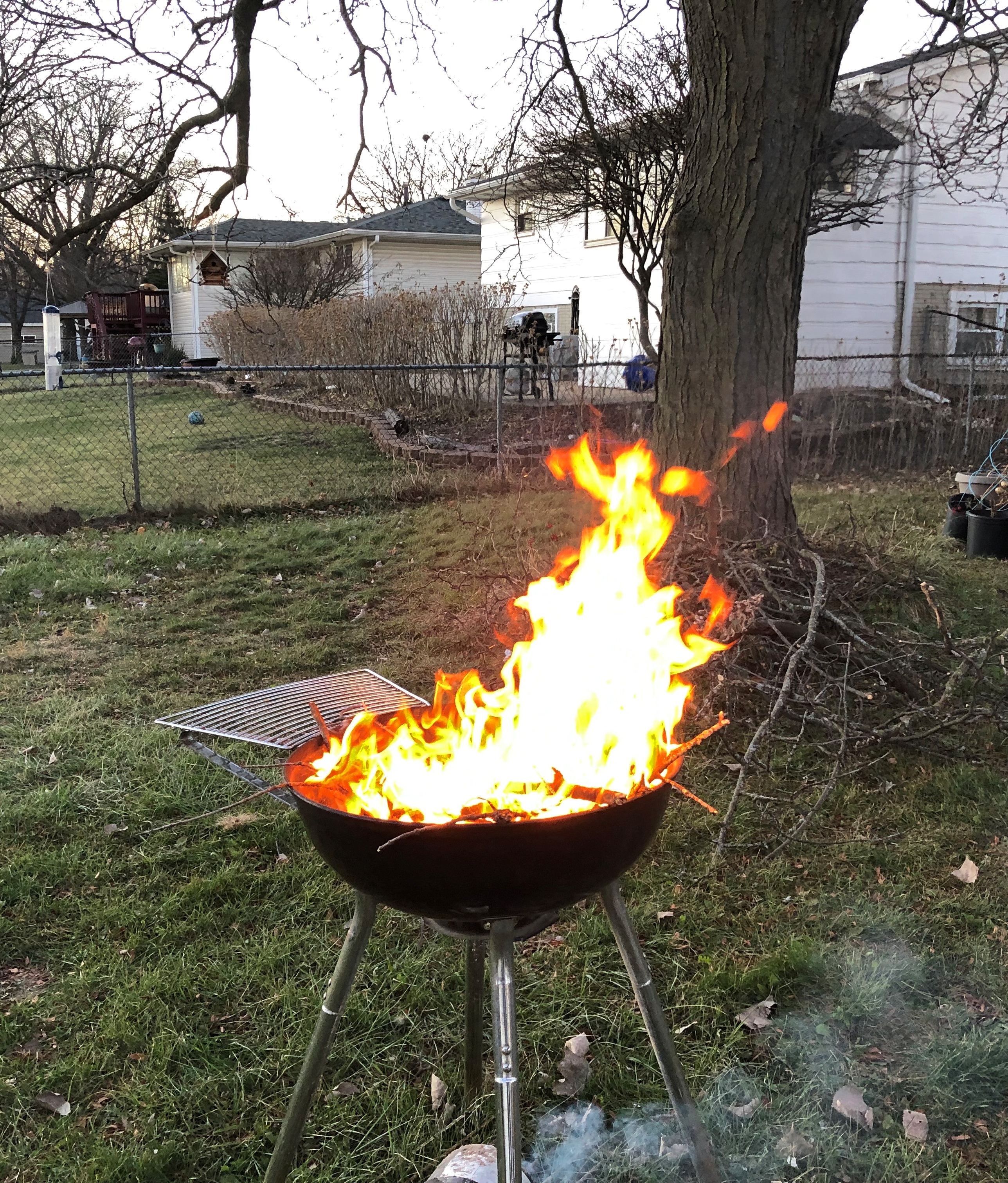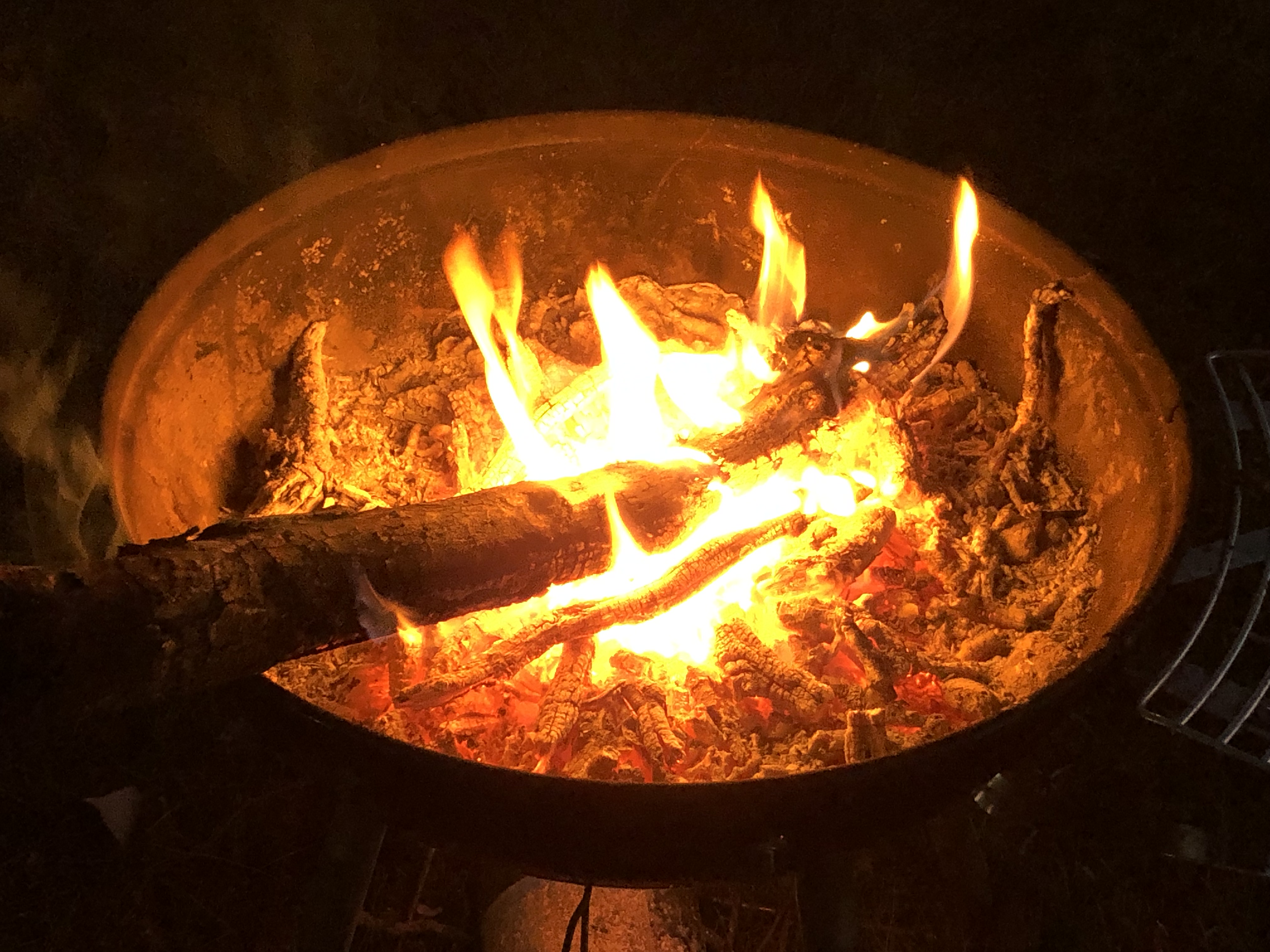Not long ago, I learned that gephyrophobia, an irrational fear of bridges, is a real thing. I find it a little hard to imagine. I’ve been on a few white-knuckle bridges in my time, such as the unnamed span that crosses the Mississippi from Savanna, Illinois, to Sabula, Iowa, which is as narrow as two-lane bridge can be and still be two lanes. But that was a rational reaction, not a generalized dread.
“In Michigan, the Mackinac Bridge Authority drives vehicles for free over a bridge that connects the state’s Upper and Lower Peninsulas and rises 199 feet above the strait below,” Car & Driver reports. “Formerly known as the Timid Driver Program, it’s now referred to as the Driver Assistance Program. Bridge staff, who are also responsible for escorting hazardous-materials trucks and maintenance chores, drive up to 10 people across the bridge each day.”
Mostly I have the opposite reaction to bridges, wanting to cross them in one way or another – walking, driving or by public conveyance. That includes the grand bridges I’ve crossed, such as Mighty Mac but also the Brooklyn Bridge, Golden Gate, Sydney Harbour and Seto-Ohashi, as well as mid-sized and smaller ones. Sometimes it’s an essential part of visiting somewhere, such as crossing the bridges on the Thames in London, the Seine in Paris and the Vltava in Prague. Or even the Tridge in Midland, Michigan.
In Batavia, Illinois, a footbridge crosses the Fox River from the west bank peninsula to the east bank. I had no hesitation in crossing it during our Saturday visit. It’s a fairly ordinary iron structure with wood planks, the kind you see in a lot of places. 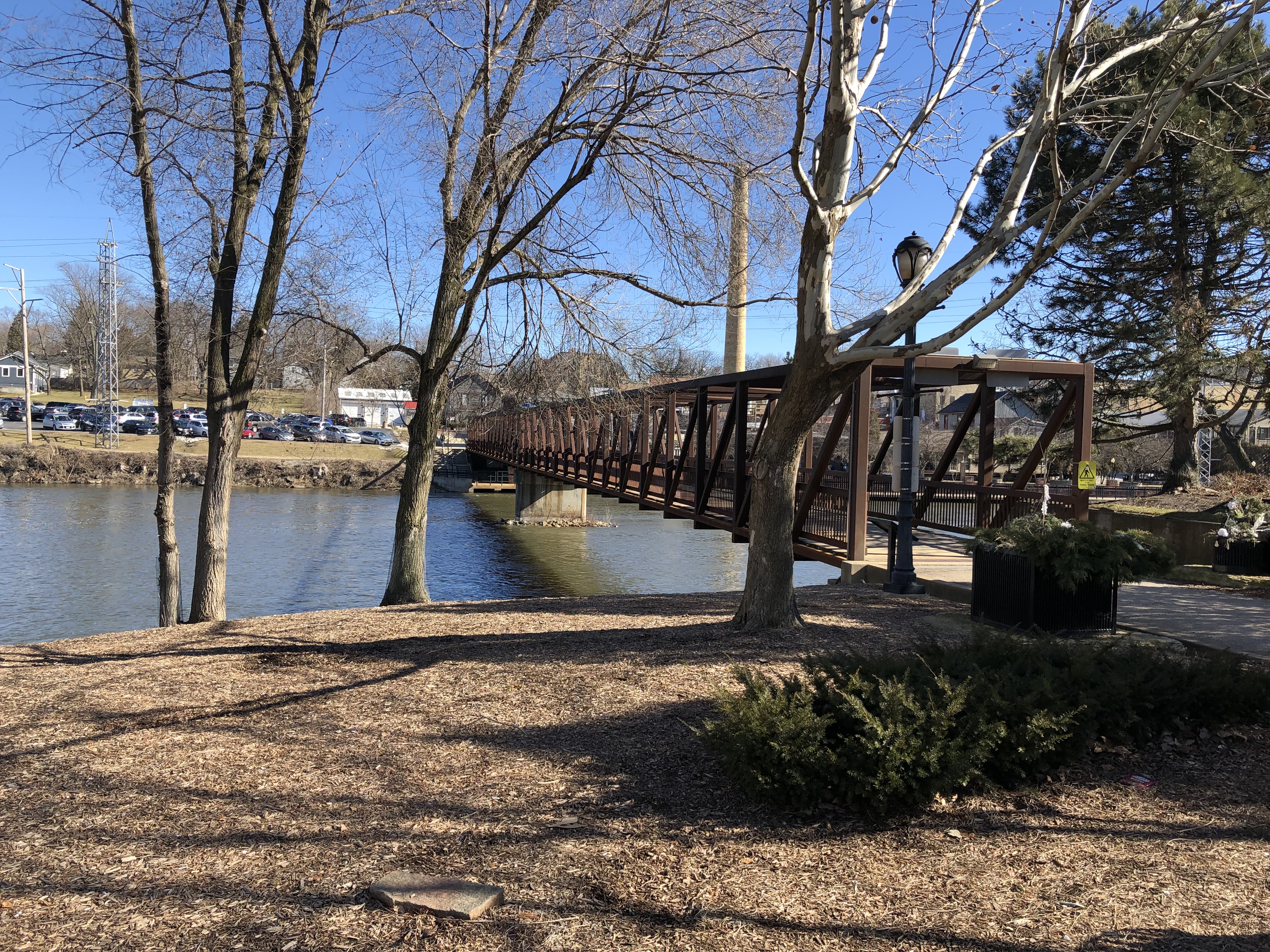
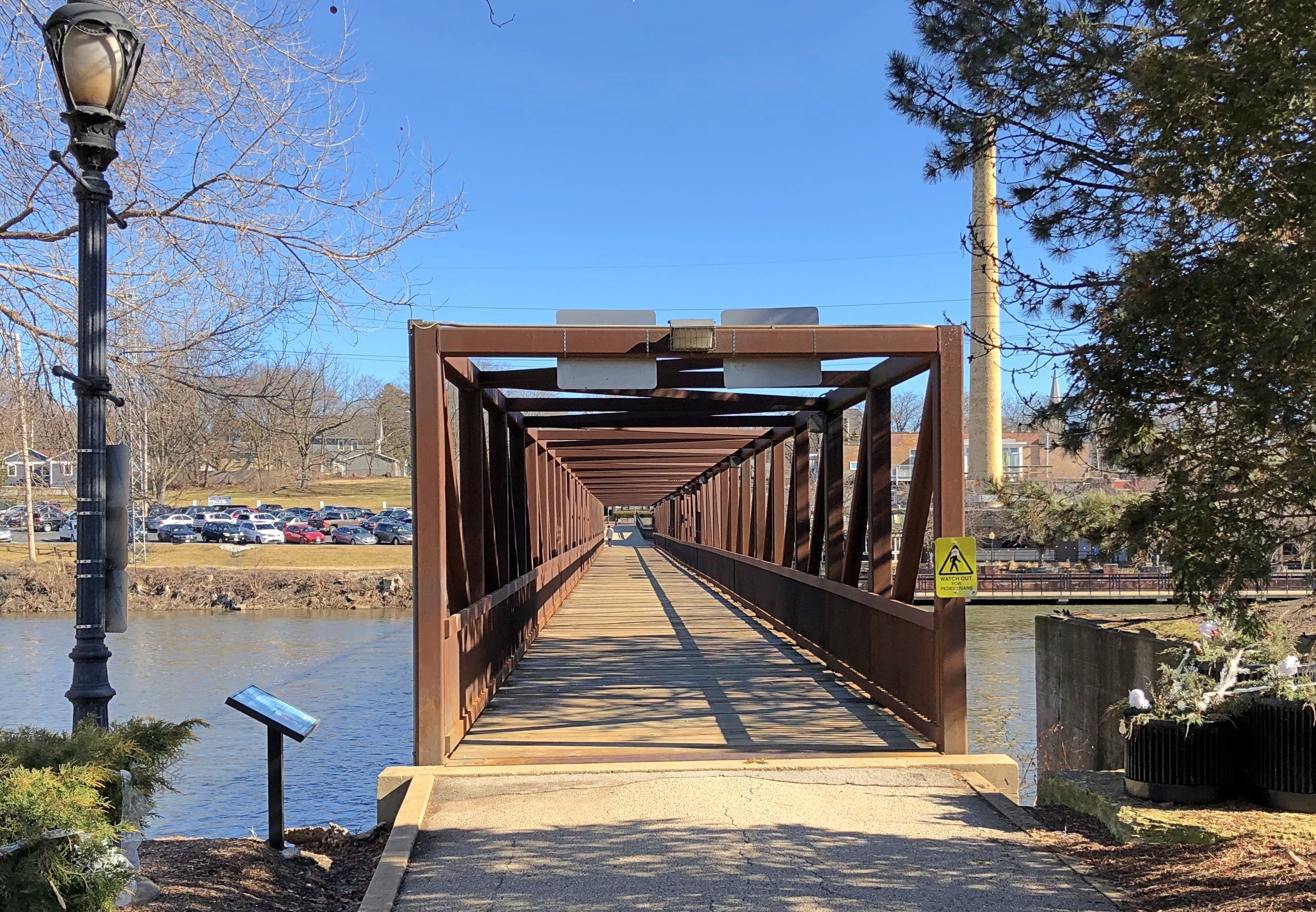
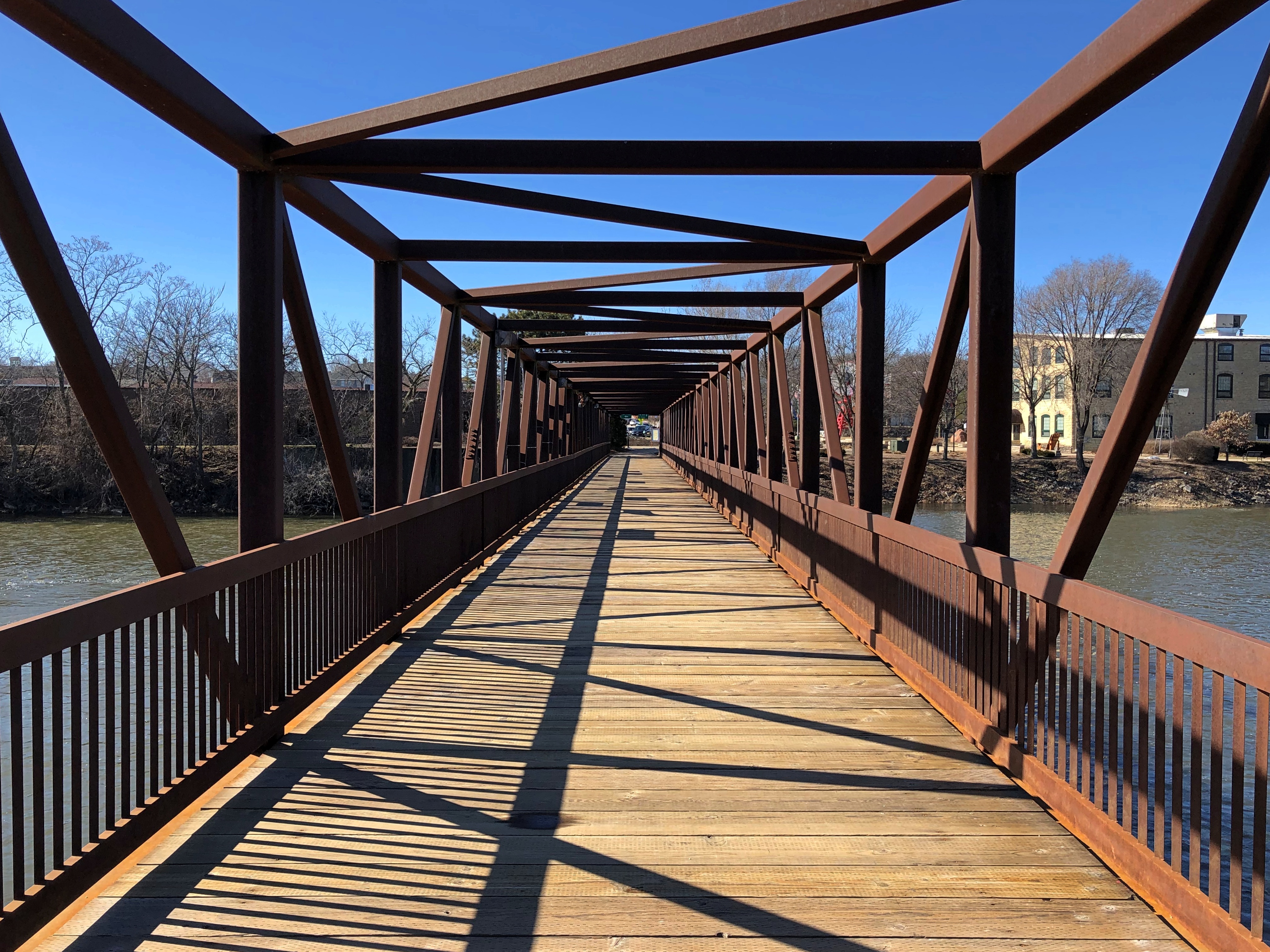
Except for one feature, best seen from nearby.

It’s known as the Peace Bridge. The “PEACE” and “EARTH” letters are 12 feet tall; the “ON” letters eight feet. Beginning from their first installation in 2008, the letters were seasonal each year — around Christmas — but now they are year-round.
Remarkably, the sign was the idea of a local barber, Craig Foltos, owner of Foltos Tonsorial Parlor, who persuaded the Batavia Park District to install the letters he had fashioned (with help).
Foltos Tonsorial Parlor. I like that name so much I might have my hair cut there someday.
